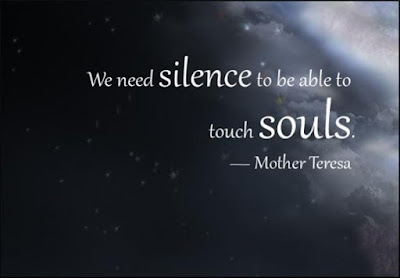Whether or not my students, their parents, my colleagues, friends, and family are football fans, what Colin Kapernick did—when he decided to sit and not stand during the national anthem—has launched a national conversation about race, patriotism, police brutality, free speech, honor and respect, tradition and much more. I hope conversations such as the one I was privy to in my Sports and Spirituality class are taking place in schools and at home. I'm not sure it has.
Our country is divided, but we have been there before. As bad as it sometimes feels, the Civil War must be the apex. With history as our teacher, I have asked myself: How did the American people respond? Fortunately, one woman, Sarah Josepha Hale found power in the pen. Known as the "Mother of Thanksgiving," Hale wrote to the 16th President of the United States, Mr. Abraham Lincoln and urged him to take action: make Thanksgiving a national holiday.
According to the History Channel's History Stories:
While at “Godey’s,” Hale often wrote editorials and articles about the holiday and she lobbied state and federal officials to pass legislation creating a fixed, national day of thanks on the last Thursday of November—a unifying measure, she believed that could help ease growing tensions and divisions between the northern and southern parts of the country. Her efforts paid off: By 1854, more than 30 states and U.S. territories had a Thanksgiving celebration on the books, but Hale’s vision of a national holiday remained unfulfilled.
The outbreak of war in April 1861 did little to stop Sarah Josepha Hale’s efforts to create such a holiday, however. She continued to write editorials on the subject, urging Americans to “put aside sectional feelings and local incidents” and rally around the unifying cause of Thanksgiving. And the holiday had continued, despite hostilities, in both the Union and the Confederacy. In 1861 and 1862, Confederate President Jefferson Davis had issued Thanksgiving Day proclamations following Southern victories. Abraham Lincoln himself called for a day of thanks in April 1862, following Union victories at Fort Donelson, Fort Henry and at Shiloh, and again in the summer of 1863 after the Battle of Gettysburg.
Hale's efforts remind me that change is possible and perhaps that much more necessary in times of strife, division, and disharmony. Complaining, worrying, and brooding about the state of the union—literally‚—can only extend so far. Thoughtful action, persistence, and support for a cause or a goal can yield, the horn of plenty.Shortly after Lincoln’s summer proclamation, Hale wrote to both the president and Secretary of State William Seward, once again urging them to declare a national Thanksgiving, stating that only the chief executive had the power to make the holiday, “permanently, an American custom and institution.” Whether Lincoln was already predisposed to issue such a proclamation before receiving Hale’s letter of September 28 remains unclear. What is certain is that within a week, Seward had drafted Lincoln’s official proclamation fixing the national observation of Thanksgiving on the final Thursday in November, a move the two men hoped would help “heal the wounds of the nation.”
Today, many people and organizations have taken action. Glory be. I told my students that I need to do the same. Here is my plea: I believe steps should be taken by both the President and the NFL to do what Sarah Hale once did in creating Thanksgiving. Today, I believe that the Martin Luther King, Jr. Holiday should be a national day of service. This federal holiday, observed on the third January of the month, should not be a day off, but rather, a day on. A day for justice, for service for outreach to our local communities. I believe the President should declare this initiative and I think every NFL team across the country should model and lead efforts to serve. The timing is perfect, as all but two teams have completed their seasons. As fans await the Super Bowl, why not gather one more time, in service to one another?!
Can you imagine a singular day, or perhaps the entire 3-day weekend dedicated to service? All of America would serve as the labor force, as volunteers, for the needs of their local communities. Even those running the programs would offer their time and energy for free. People would be free to choose where and how to serve. Some might be joined by NFL players, others by their coaching staff, and still others by their cheerleaders or best of all, their fellow fans. For those folks who live in places without a home NFL team or those who do not like football, no problem. The goal is to change a national conversation from what to do? to what CAN we do.
Dr. King said "Everybody can be great...because anybody can serve. You don't have to have a college degree to serve. You don't have to make your subject and verb agree to serve. You only need a heart full of grace. A soul generated by love." This Thanksgiving, I gave thanks for our freedoms and our challenges—after all, they have shaped who we are. Let's see what more we can become.
Dear Mr. Trump....
Photo Credits
Pats on T-giving
Cowboy Service
Denver
























